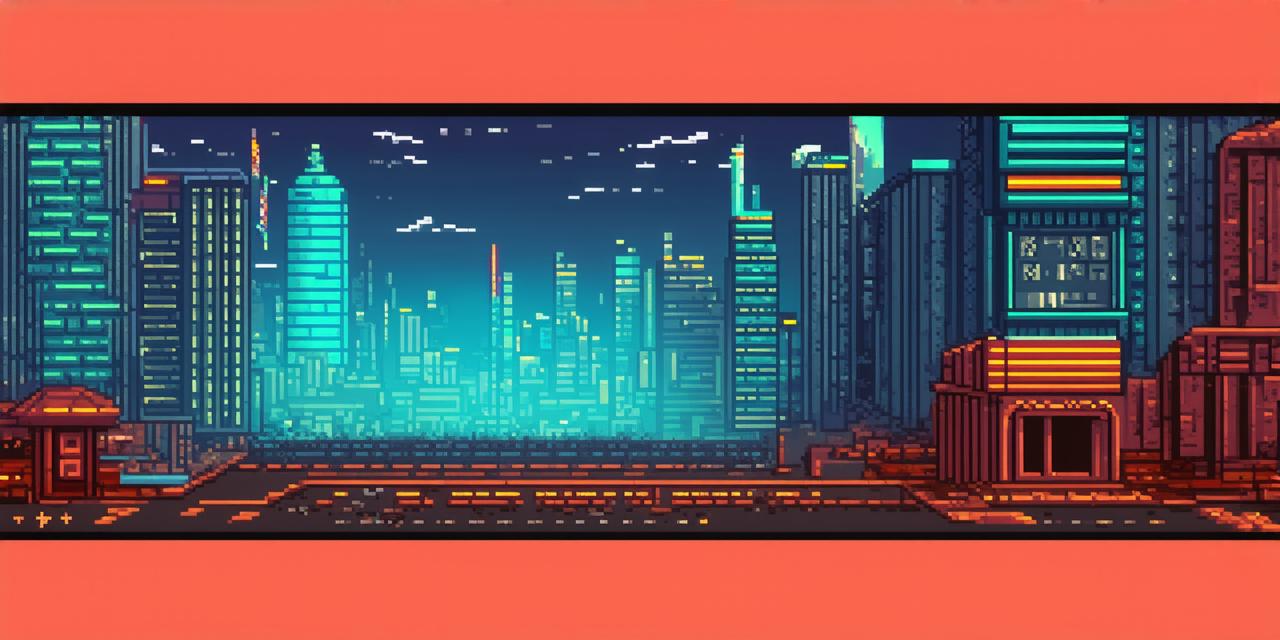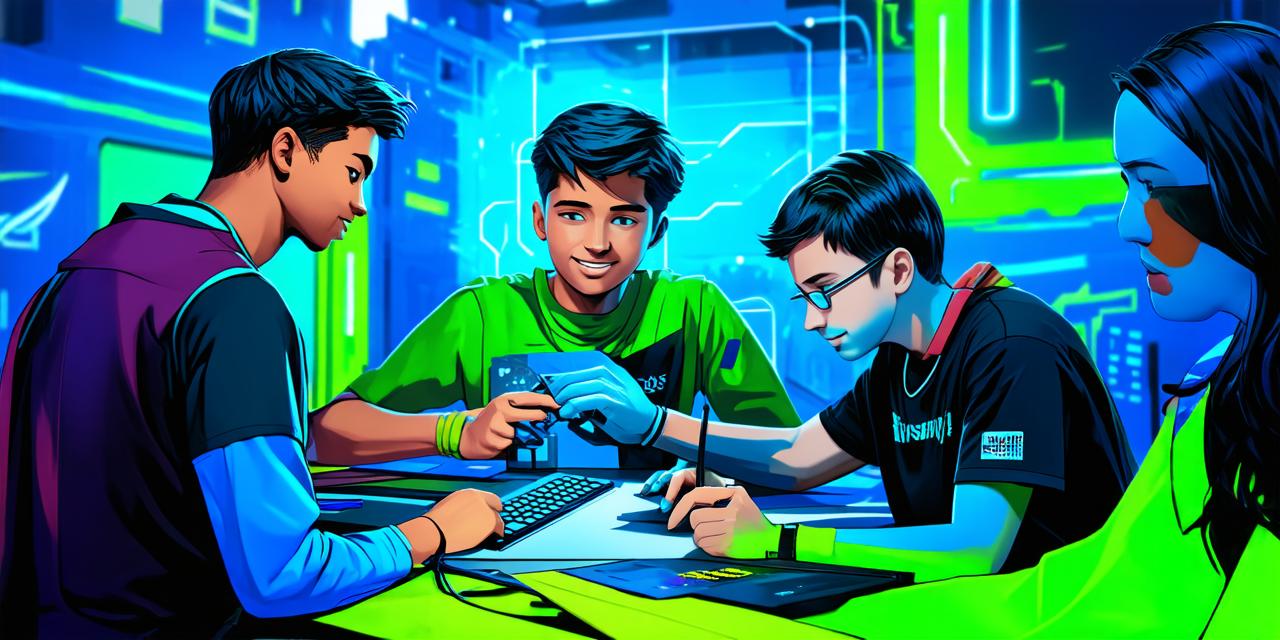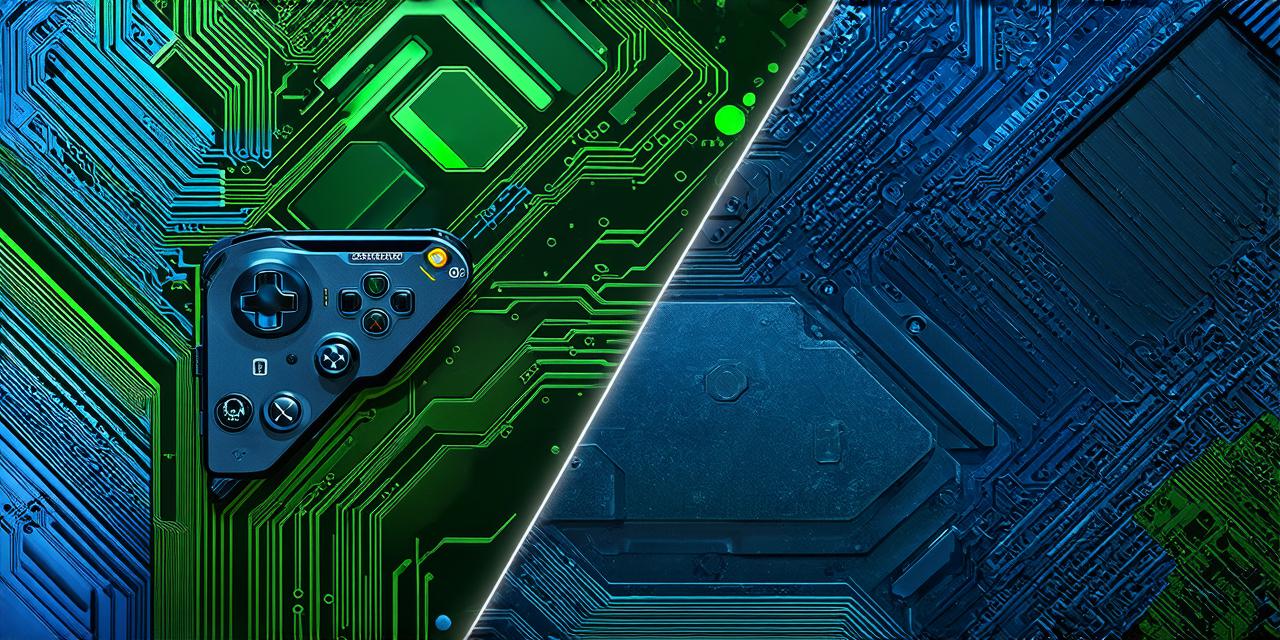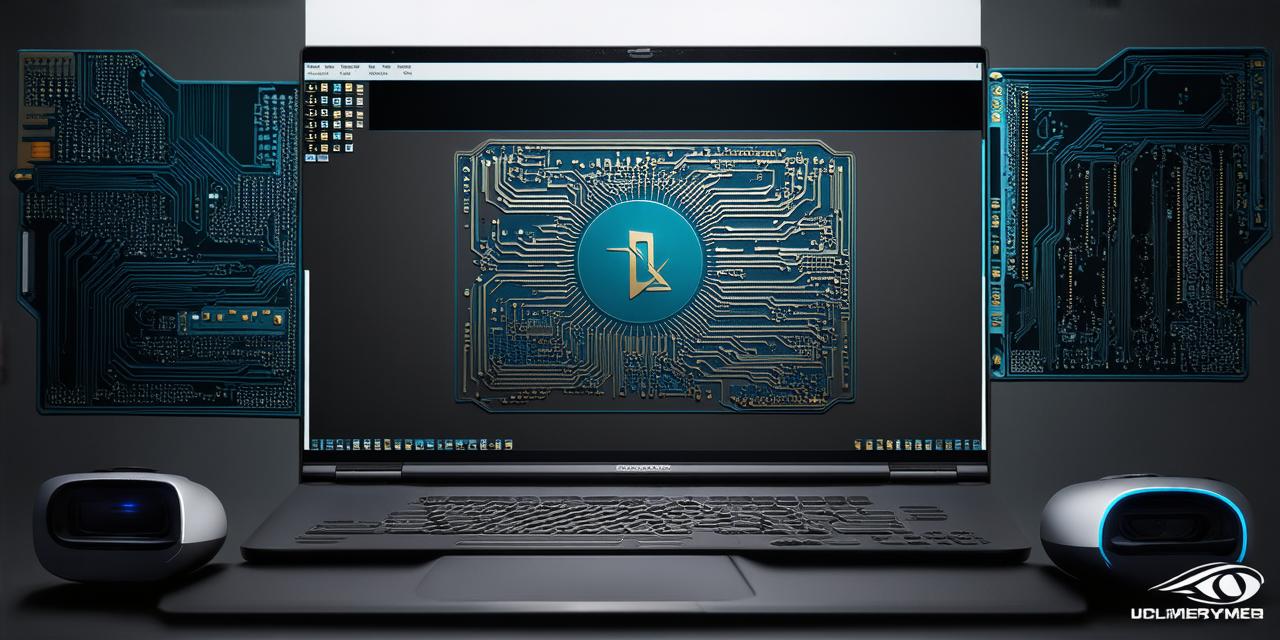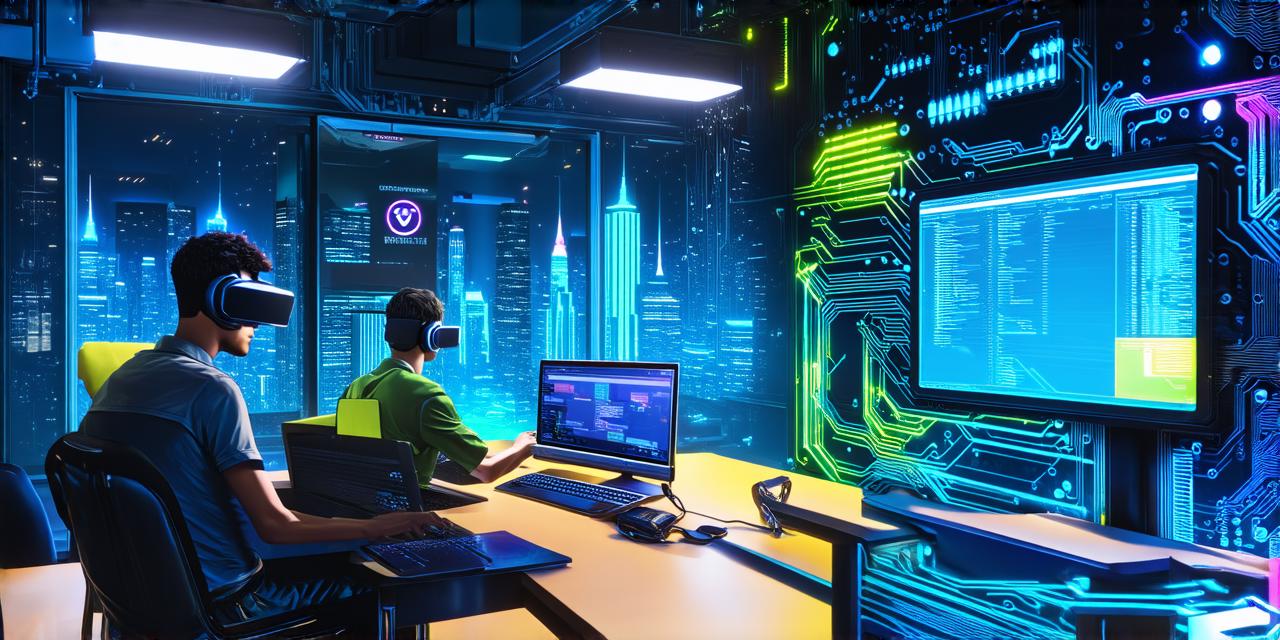
Why Choose Unity for 2D Game Creation?
Unity offers a wide range of benefits for 2D game creation, including:
- Cross-platform compatibility: With Unity, you can easily export your 2D games to multiple platforms, such as Windows, Mac, iOS, Android, and web browsers, with just a few clicks.
- Asset store: Unity has an extensive asset store that contains pre-made assets, tools, and plugins that can help speed up the development process and enhance the game’s graphics and functionality.
- Community support: Unity has a large and active community of developers who contribute to its open-source project and provide support and resources for other users.
- Code efficiency: Unity uses C as its primary coding language, which is widely used and easy to learn, making it easier to write efficient and scalable code.
- Ease of use: Unity has a user-friendly interface that makes it easy for beginners to get started and experienced developers to work with advanced features.
Getting Started with Unity for 2D Game Creation
- Download and install the latest version of Unity from their website.
- Create a new project in Unity and select “2D” as the template.
- Choose your preferred project settings, such as screen resolution, aspect ratio, and orientation.
- Import your assets, such as images, sounds, and animations, into the project.
- Create your game objects, such as characters, backgrounds, and obstacles, using the built-in tools and assets.
- Write your code using C to add interactivity and functionality to your game objects.
- Test your game on different platforms to ensure it runs smoothly and looks good.
Tools and Features for 2D Game Creation with Unity
Unity offers a variety of tools and features specifically designed for 2D game creation, including:
- Sprite rendering: Unity uses sprite rendering to display 2D images on the screen. It supports various file formats, such as PNG, JPG, and GIF, and allows you to easily import and edit sprites in the project.
- Animation tools: Unity has a powerful animation system that allows you to create complex animations for your game objects. You can import animations from external software or create them directly in Unity using keyframes and curves.
- Scripting: Unity supports C as its primary scripting language, which is widely used and easy to learn. It also has a built-in MonoDevelop IDE that integrates with Visual Studio, making it easier for developers to write and debug code.
- Physics engines: Unity includes two physics engines, Box2D and Unity’s own 2D physics engine, which can be used to create realistic physics simulations for your game objects.
- UI tools: Unity has a variety of UI tools that allow you to create menus, buttons, and other interactive elements in your game. It also supports various input devices, such as keyboards, mice, and touchscreens.
Case Studies and Personal Experiences
Here are some examples of 2D games created using Unity:
- Paper Planes by Molehill Studios: A popular puzzle game that uses paper-based graphics and physics simulations to create a unique and engaging gameplay experience.
- The Binding of Isaac by Edmund McMillen: A roguelike game that combines elements of platforming, shooting, and dungeon crawling, with procedurally generated levels and a dark and surreal atmosphere.
- Oxygen Not Included by Klei Entertainment: A survival simulation game that challenges players to build and maintain a colony on an alien planet, with complex resource management and survival mechanics.
Expert Opinions and Insights
Here are some insights from industry experts on 2D game creation with Unity:
- “Unity is a great tool for 2D game development because it allows you to focus on the creative aspects of game design without getting bogged down in technical details,” says Markus Persson, the creator of Minecraft.
- “Unity’s physics engine is one of its strongest features,” says John Carmack, co-founder of id Software and the creator of Doom and Wolfenstein.
- “The Unity community is incredibly supportive and helpful,” says Tom Stone, a 2D game developer who has used Unity for several years.
Real-Life Examples of 2D Games Created with Unity
Here are some real-life examples of 2D games created using Unity:
- Hearthstone by Blizzard Entertainment: A collectible card game that uses 2D graphics and animations to create a visually stunning and engaging gameplay experience.
- Candy Crush Saga by King: A popular puzzle game that combines elements of match-3 and puzzle-solving, with vibrant and colorful graphics and addictive gameplay mechanics.
- Paper Mario: The Origami Kingdom by Nintendo: A classic RPG game that uses 2D graphics and paper-based character designs to create a unique and charming game world.
FAQs
Here are some frequently asked questions about Unity for 2D game creation:
- What programming languages can be used with Unity for 2D game creation?
- Is it possible to create 3D games with Unity?
- Can I export my 2D game to multiple platforms using Unity?
C is the primary programming language used with Unity, but you can also use JavaScript and Boo (a simplified version of C) to create certain aspects of your game.
Yes, Unity supports both 2D and 3D game creation, depending on the project settings and assets used.
Yes, Unity allows you to easily export your 2D game to various platforms, such as Windows, Mac, iOS, Android, and web browsers.
Summary
Unity is a powerful and versatile tool for creating engaging and visually stunning 2D games. With its cross-platform compatibility, extensive asset store, community support, code efficiency, and ease of use, it’s no wonder that Unity has become one of the most popular game engines in the world. By following best practices, leveraging Unity’s built-in features, and utilizing the expertise of the Unity community, you can create your own unique and successful 2D games.
